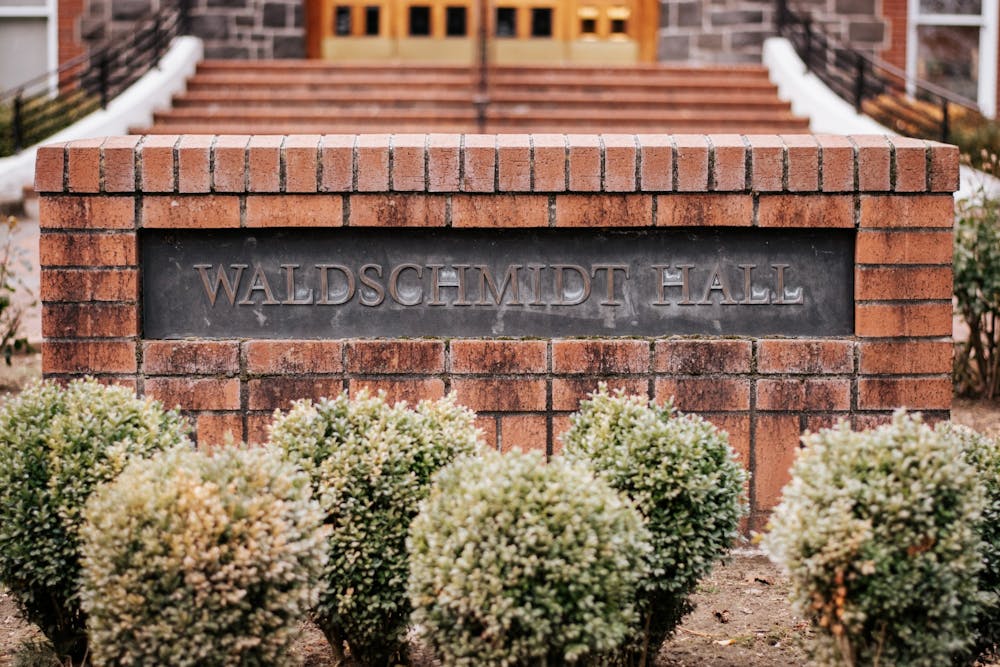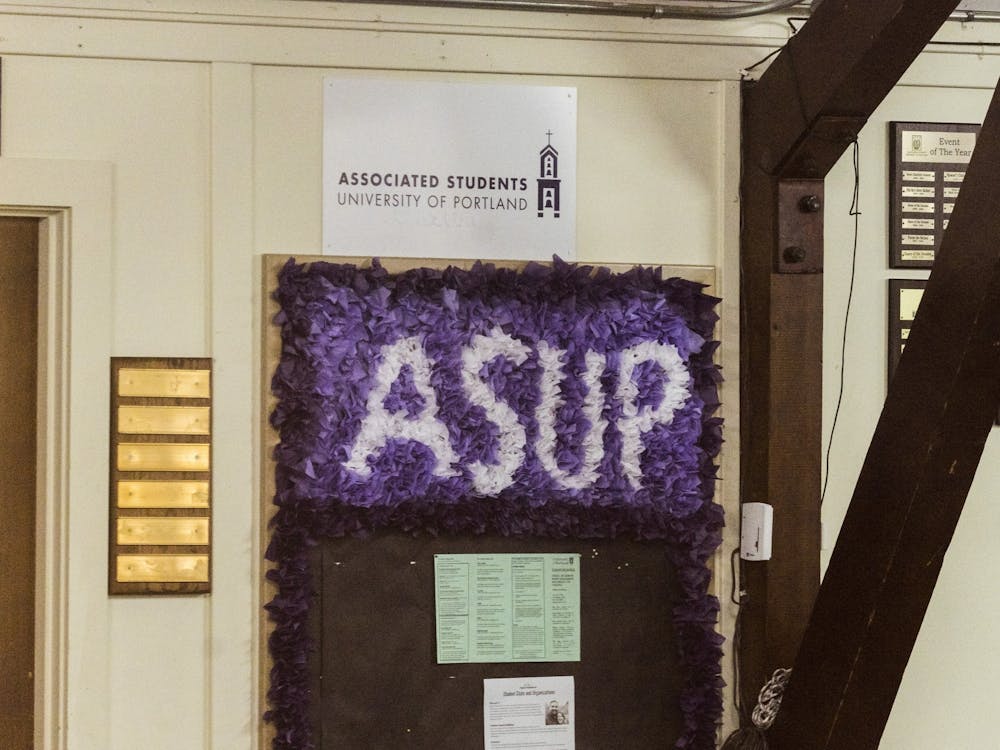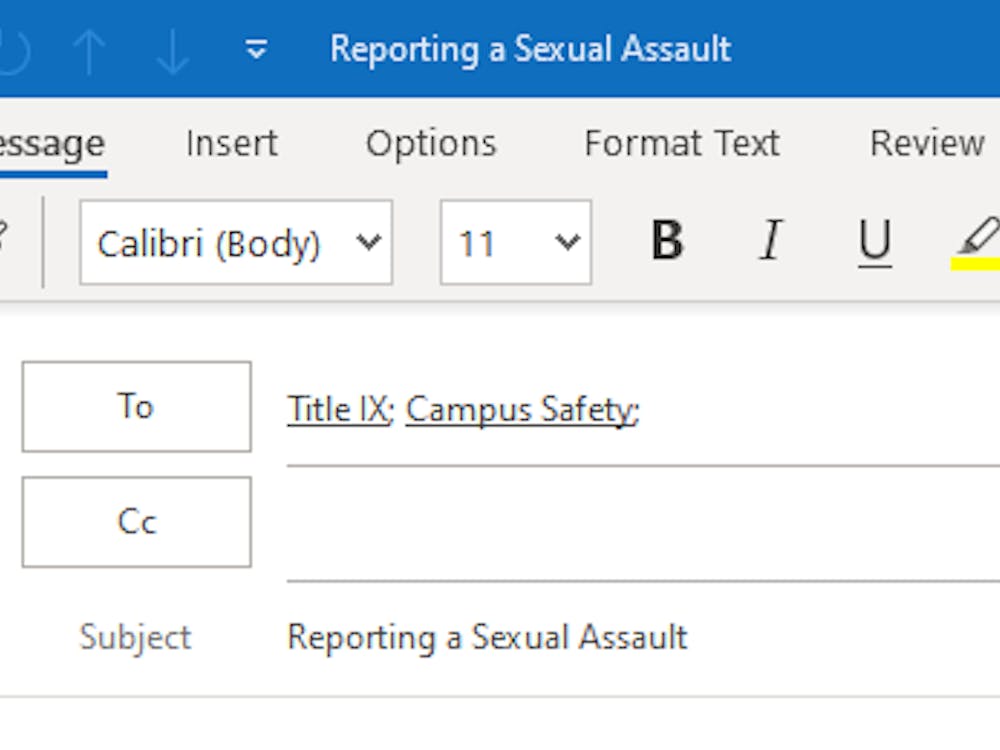The University of Portland is tightening its belt financially due to a significant loss of revenue following the “freshman melt” that occurred over the summer. With 66% of the University’s revenue coming from tuition, this melt caused an additional negative of $8.9 million, contributing to a total budget loss of $13.4 million.
The fiscal plan to increase the University’s bottom line includes a combination of budget cuts and measures to increase revenue, including a new two-year residency requirement and bolstering admissions for future classes.
Freshman melt refers to the 20% of students from the Freshman Class of 2026 who paid UP’s $400 enrollment deposit yet chose not to attend UP come fall.
“It was a bit of a surprise right there at the start of the year,” Vice President for Financial Affairs Eric Barger said. “With three classes in a row that are below that 1000 mark that we were at for several years running, we have to really make some adjustments to our expense structure.”
With some changes already being made and others still in the works, Barger hopes to keep the University feeling the same for students while still making the changes needed to rectify the revenue loss.
“We're doing everything we can to make sure that the budget adjustments we make don't affect the student experience,” Barger said.
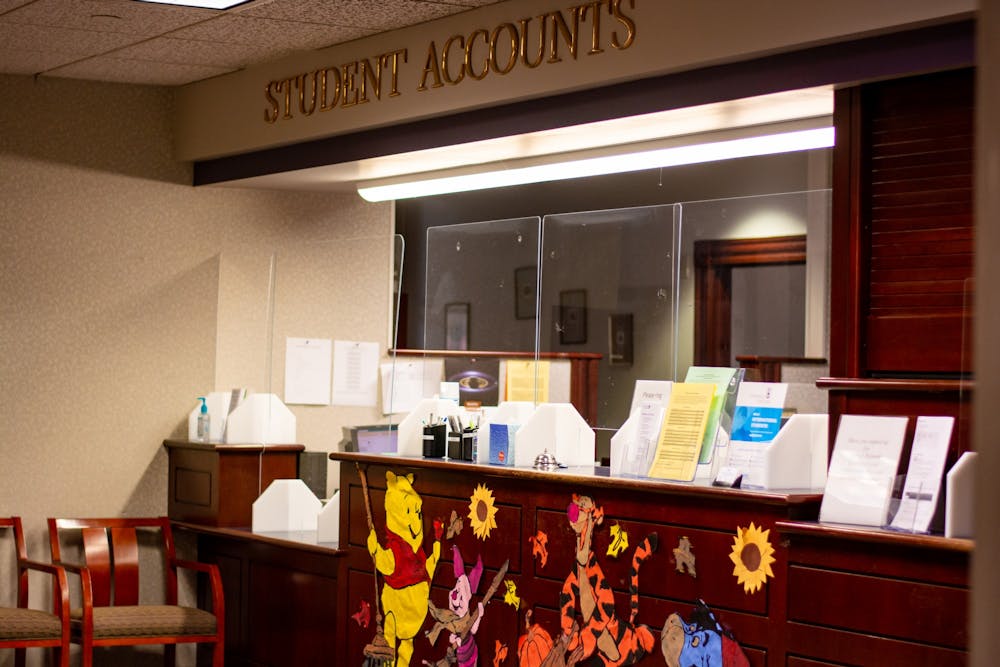
Of the students who decided not to attend UP, 82% cited financial reasons. Given this high percentage, the University looks towards increasing scholarship funds as well as further developing the institution as a whole to better fit students needs and aspirations.
“There's a particularly large fund that we're going to be able to convert into a scholarship fund so that will be an additional half a million dollars a year in scholarships that we'll be able to offer,” Barger said.
During his convocation address at the start of the Fall 2022 term, UP President Robert Kelly expressed his goals to ensure UP is worth its tuition and room and board rate of $70,632 for first year students.
“We're going to work in the long term to make sure that UP is an indispensable place, a transformative place that attracts students and offers a tremendous return on investment,” Kelly said.
The University’s Title IX team was also restructured following the budget cuts, with former director Ethan Snyder’s role taken over interim by Associate Vice President for Student Development Tamara Herdener.
Two year on-campus requirement in resident halls
Effective next fall, the University is requiring a two-year residency for all incoming freshman students. This means that the Class of 2027 will be required to live on campus for their freshman and sophomore year.
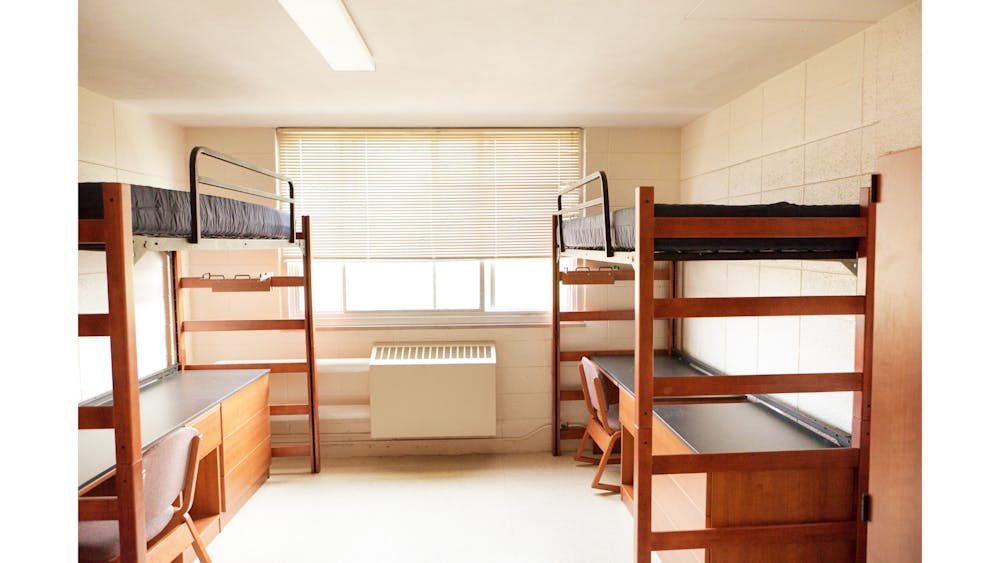
This is not an uncommon practice at four-year universities, examples include California Polytechnic State University and Santa Clara University that require a two-year residency for students.
This choice was made to try and increase the revenue that comes from room and board, which makes up 16% of the university’s income. Currently, the capacity of room and board is sitting at 75%.
“One of the long term goals is to bring that room and board revenue back up,” Barger said.
Cutting, reducing and combining positions in faculty and staff
Due to the lowered class sizes coming in, the University is looking to better match the amount of staff to the student body size. This means cutting positions or reducing the number of employees in certain departments and combining some job’s roles.
“We are going to try to match our student FTE [full-time employment] by bringing down our faculty and staff FTE,” Barger said.
The University has already eliminated 45 staff positions yet Barger asserts that most of them were already vacant.
“There's a lag in responding to the declining student body, and so we need to bring these numbers back down and closer with faculty,” Barger said.
Since UP has limited control over cutting tenure professors the University is focusing faculty cuts on attrition (when professors retire) and reducing the number of adjunct professors being rehired.
48% of the University’s expenditure goes towards academics, with the other percentages being made up of student services, Residence life and general administration costs.
Additional financial decisions
Barger and the University have made additional efforts to bring revenue up and expenditures down within the University. One of these changes is altering the retirement contribution made by the school to retiring employees.
“We are bringing down our retirement contribution to 5%,” Barger said. “It's been historically at 11%, which is a little bit higher than even most colleges.”
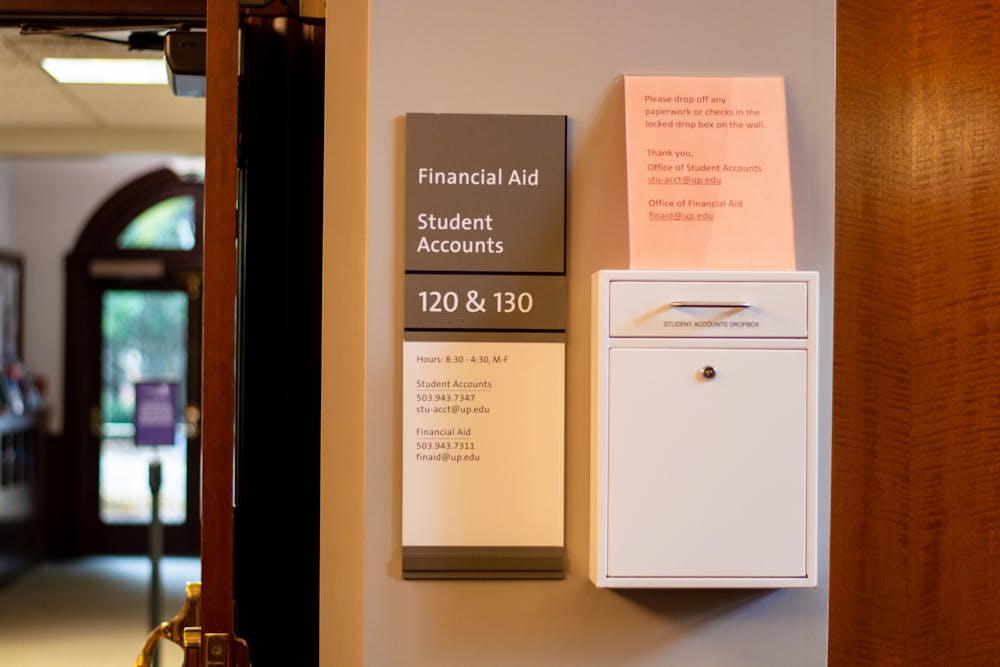
With most of the University’s peer institutions having retirement contributions set to about 8% to 9% Barger hopes that the University will eventually be able to lift back up the contribution percentage.
“We're moving to five and our plan is to move that back up towards our level percent,” Barger said. “Maybe we won't get to 11, we’ll see, but that'll be part of an assessment that we'll do over the course of time.”
Additionally, the University is considering increasing endowment spending to get back on track. Currently, the University is authorized to spend about 4.5% of the endowment each year. Barger is petitioning to the Board of Regents to increase the endowment spending to 5%.
Reaching into the endowment fund is complex. When taking funds out, the amount leftover is meant to be sustainable with the rise of inflation through the years.
“We spend about 4% of our total endowment every year, and the reason we don't spend more … is we have to allow some of that return to go back into the endowment to grow the endowment so that it maintains the same purchasing power against inflation,” Barger said.
Even with this year's major budget shortfall, Barger remains certain that the University will overcome the financial challenges.
“Despite the hype the University is fiscally sound,” Barger said. “We have a strong balance sheet and we're managing the situation.”
Kate Cuadrado is the News and Managing Editor of The Beacon. She can be reached at cuadrado24@up.edu.



